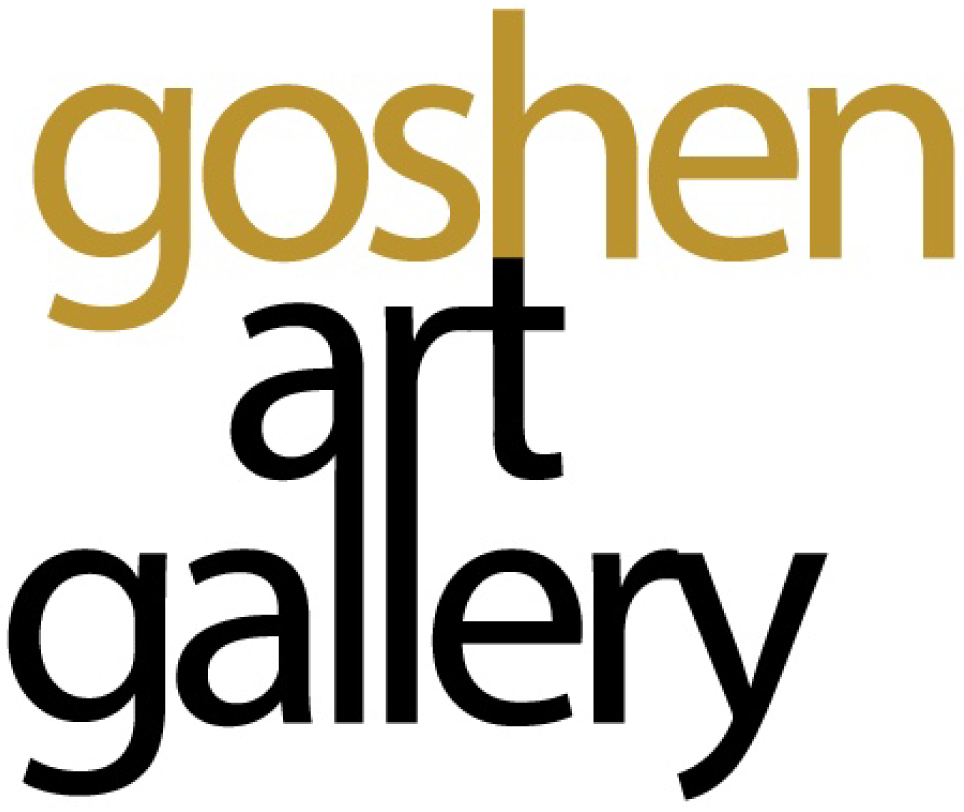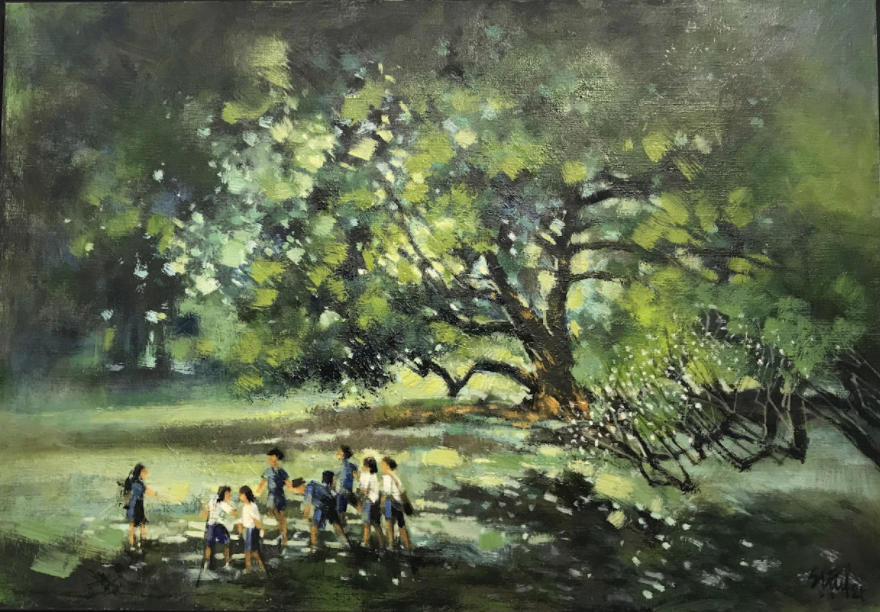Artist: Eng Siak Loy (b. 1941)
Mr Eng has had a long and successful artistic career that started at the Singapore Academy of Art in 1960, then as a designer at the National Parks Board. His sense of precision and attention to detail has enabled him to craft many artworks ranging from small scale designs, such as stamps and coins, to large scale murals and sculptures that are found in public spaces and parks. Eng has also received many awards for his paintings, both locally and internationally.
Some may argue that it would not be far off to say that Eng Siak Loy is in many ways, a national treasure of Singapore. His artistic contributions to the nation were most notably put in the spotlight after being recognized as Singapore’s most experienced stamp artist, having created at least 60 sets of stamps for the nation, including stamps commemorating the 25th Ecafe Plenary Session (held in 1969), the 150th Anniversary of Singapore 1819-1969 special commemorative stamps, the opening of Gardens by the Bay series, and more.
At the heart of it, many of his works pay homage to Singapore's unique heritage, and on a deeper level, seem to convey the second generation artists yearning for simpler times. This would make complete sense as Eng, born in 1941, was brought up in a version of Singapore that was very different to the fast-paced city we know of today. Devoid of the fluorescent billboards, smartphones or extravagant luxury shop displays that are common occurrences in our modern day Orchard Road, the 1940’s were a period of simplicity, albeit strife and flux for Singapore while being occupied by the Japanese. In this sense, many of the modern day pleasures we get to enjoy were painstakingly carried on by the backs of our forefathers. Meanwhile, much of the older generations also relish this time period for being one where the beauties of life and simple moments were cherished for what they were, without the need for sharing on our social media feed.
Boat Quay, Oil on Canvas, 60 x 75 cm
Looking at Eng’s painterly rendition of our famous Boat Quay, is very much like getting caught up in a nostalgic fever-dream that opens a window to our historical beginnings. Known famously as a port in its earlier days, Singapore has attested much of its economic prowess to its active trading scene; the comings and goings of exports, imports and goods that were transported via wooden boats much like the ones shown in this painting. Although a scene from the faraway past, it is with acute precision that Eng manages to pluck this memory from his mind, and recreate it so confidently with bold strokes of oil paint that resemble a live painting - almost as if this were a fond memory that had been etched into his mind for decades.
When observed closely, one would be able to see that this painting contains a subtle, pinkish overglow to it, very much as if he were quite literally inviting us to view it through his artistic lens, or as the famous saying goes, ‘through rose-tinted glasses’. This type of dreamy filtration on part of the artist evokes a sense of ‘oldy-worldy’ in the viewer, and a sort of serene fondness for a space that once existed.
Scenes of Singapore’s past are indeed a recurrent topic in Eng's artistic repertoire, which is once again, telling of both his personal upbringing and of Singapore's rich history. A large portion of his paintings are depictions of bumboats upon reflective waters, or street scenes that convey the bustle of crowds and heritage buildings that were around since the pre-tech era.
Chinatown II , Oil on Canvas, 65 x 50 cm
Chinatown is home to many heritage infrastructures that have been around since as early as the 1920’s. They can be found in juxtaposition to the modern day shopping malls and mega-screens on the street and yet, their presence still allows us a glimpse of its olden-day charm.
In this painting, Eng utilizes a dry brush technique that creates a sense of movement and briskness that leads the eye around the painting. Quite aptly, it almost makes some parts of the buildings resemble scaffolding as he pieces the elements together in a forethoughtfully flurried fashion. He also sustains his unique ability in creating precision by using rudimentary elements, as we discover when the painting fluxes between an abstract quality when we get up close and personal with the piece, while taking on an air of realism as we admire it from afar. Hints of warm olive and ochre emanate shyly in this colloquial street scene, almost reminiscent of an old photograph that has been rediscovered by fresh eyes.
Tembusu (Botanical Gardens), Oil on Canvas, 74 x 107cm
The tembusu is a large evergreen tree in the Gentianaceae family and is native to Southeast Asia; from Indo-China all the way to New Guinea. As a Southeast Asian country that resides on the heart of the equator, it is no surprise that we should see this species grace our island by making a home for itself in our beloved botanical gardens. Officially known as the Cyrtophyllum fragrans, or Fagraea fragrans by scientific definition, the tree was amicably dubbed as the ‘tembusu’ by the Malay population, whose community are also recognised as the indigenous people of Singapore.
The cultural significance of the tembusu does not simply halt at its affinity for the tropics, as those with a keen eye may have also recognised the tree's appearance on the Singaporean five dollar bill. Whether by grace of budding intention or splendid spontaneity, Eng Siak Loy has a tendency to gravitate towards subjects where culture and heritage can be easily weaved into his artistic rhetoric and legacy.
The end result is a painting that depicts a shared moment with a group of youngsters clad in their school uniform, amongst the lush foliage of Singapore’s very own UNESCO heritage site, the botanical gardens.
Written by: Rebecca Dore



